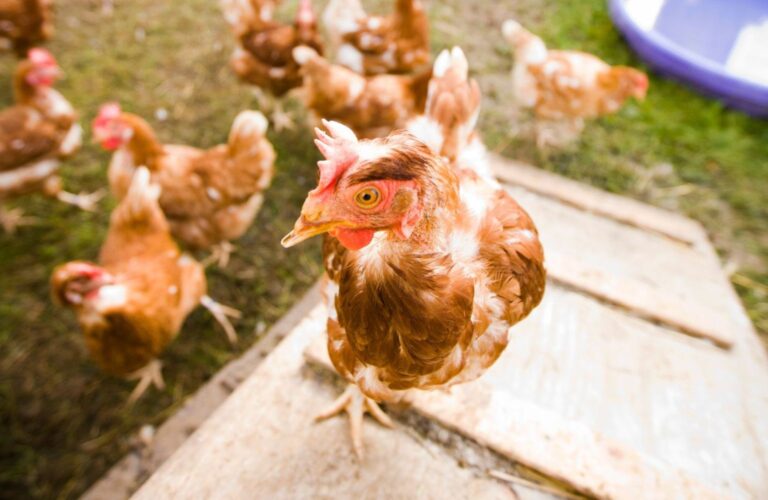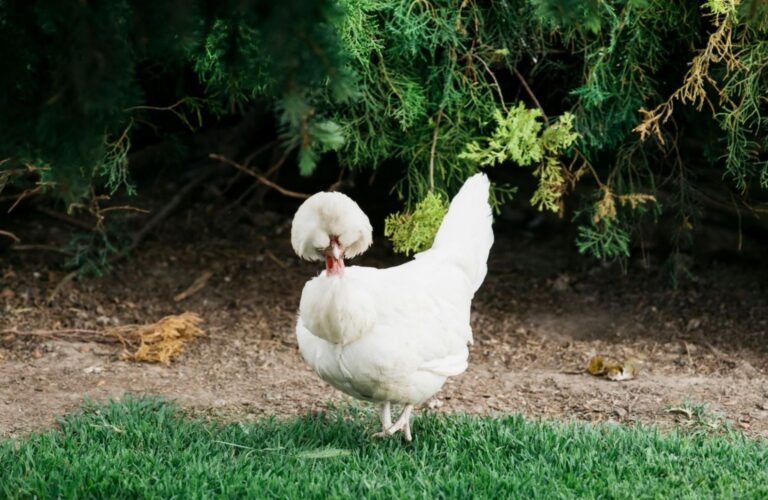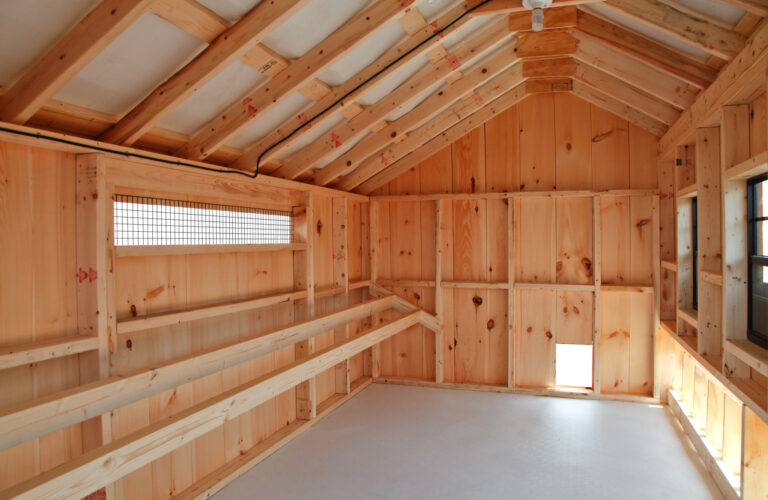Chickens are a beautiful and resilient species, you may find them in many cold climates worldwide. You can raise chickens in Alaska, Canada, and various parts of cold locations with no difficulty if you’re resourceful. Chickens can survive very harsh climates, and they are easily adaptable.
While some chicken breeds survive better in the cold than others, most breeds will survive well throughout the winter months in any location with proper maintenance. Look at some suggestions and ideas on how to keep chickens warm in winter, comfortable, and happy during the coldest months of the year.
- Maintaining a Comfortable Temperature
- Keep Chickens Warm & Comfortable in Winter
- Relocate the Coop
- Feed Chickens Well to Keep Chicken Warm in Winter
- Provide Heat to Keep Chickens Warm in Winter
- Sun Heat with Windows
- Minimize Drafts
- Maintain Ventilation in the Chicken Coop
- Deep Litter Method
- Boost the Nutritional Value of the Feed
- Provide Additional Water
- Insulate Your Chicken Coop
- How to Keep Chicks and Eggs Warm in Winter
How to Keep Chickens Warm in Winter: Maintain a Comfortable Temperature
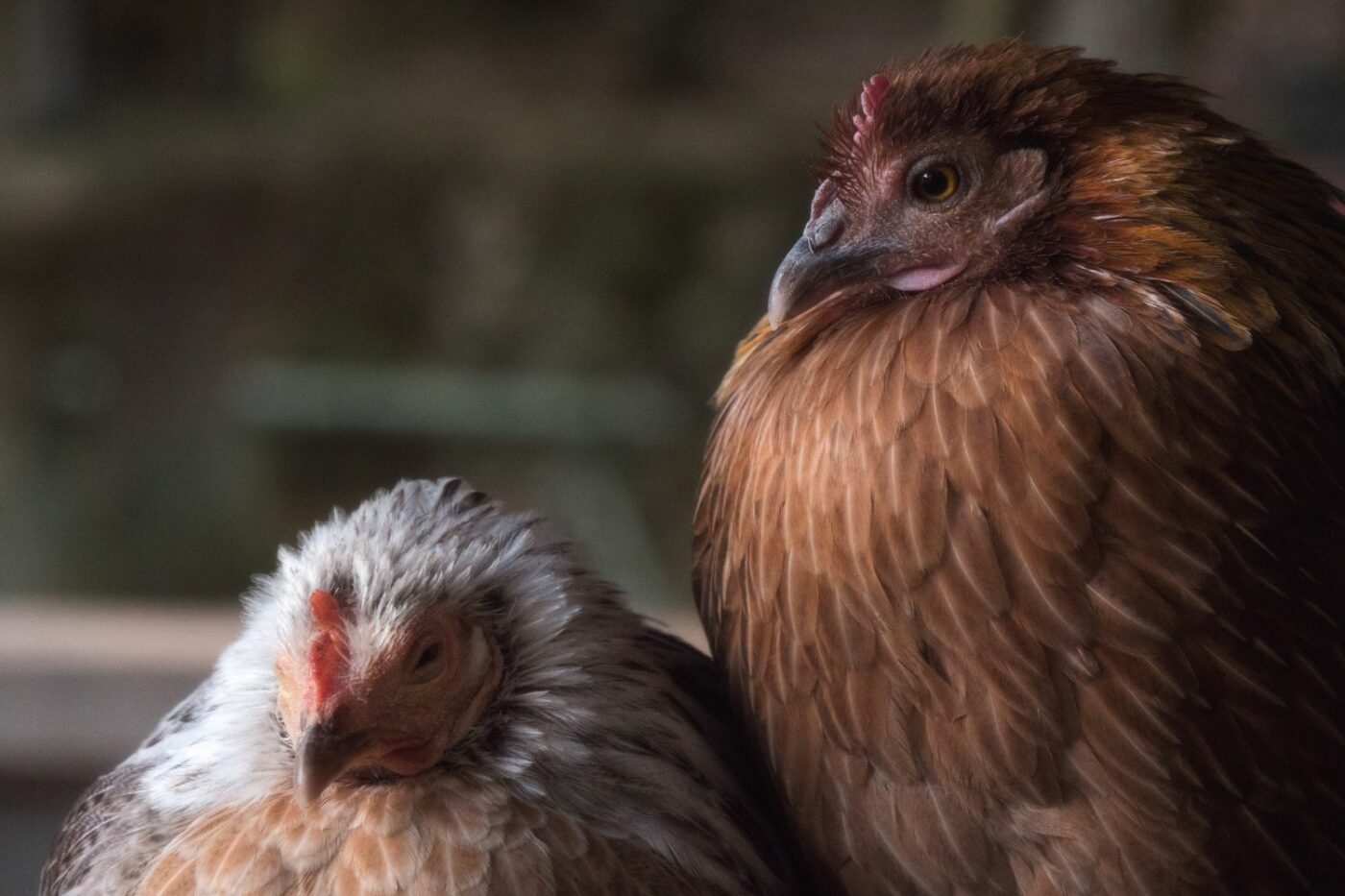
When the temperature decreases to dangerously low levels, humans must bundle up to be warm and safe. Your chickens don’t have to do that, since they have feathers that provide the best insulation possible. Feathers are considered to be one of nature’s tiny miracles. Their function is to provide warmth and insulation from the deadly harsh climate conditions.
During the fluffing process, the feathers trap warm air against the bird’s body, creating a little cocoon of warmth around the bird. Providing the bird is protected from strong winds and frigid gusts, these layers of insulation will keep the bird toasty warm down to a temperature of approximately -20F. It is the natural phenomenon by which birds maintain their temperature in winter.
Otherwise, you learn how to keep chickens warm in winter by providing insulation or a warm and cozy chicken coop for your birds on your own.
In the coop, chickens can generate a significant amount of heat, so the temperature will often range around 32-40 degrees Fahrenheit when they are all together. Keep in mind that putting extra bales of bedding in the chicken coop is not good because it is unhealthy and might cause respiratory problems.
If you need to add a little extra insulation to your nest boxes, consider using some cardboard, newspaper, and additional straw. It is not recommended to use Styrofoam or plastic containers since the hens will devour them. For some reason, Styrofoam is a major favorite of theirs to peck at.
How to Keep Chickens Warm in Winter: Relocate The Coop

If you think your chicken coop is not well nurtured and maintained in its current spot, change its location. Move or transfer the chicken coop to a location that is protected from the cold and biting winds of winter. It’s also a good idea to find a place that gets plenty of sun during the day. This will help you know how to keep chickens warm in winter.
How to Keep Chickens Warm in Winter: Feed Well

Once you’ve made sure that the coop is safe and warm, you’ll need to ensure that your hens are being fed the appropriate type of chicken feed.
Over the winter, good quality feed is critical to the health and well-being of the chickens. Some hens are still amid their molt as we approach January. These hens require a lot of protein to be successful in their re-feathering task. You should feed your chickens 21 percent game feed to assist them in feathering out for the following winter. As soon as they get their feathers in place, they must return to a diet containing 16-18 percent protein.
If you want some more information and tips on what to feed your chickens in the wintertime, check out this article.
How to Keep Chickens Warm in Winter: Artificial Heat

During the winter months, there is a great deal of controversy about whether or not to heat the chicken coop. You can use any brooder to maintain the heat of the coop. But also remember to check the humidity too. However, some claim that not only are these methods fire dangerous. But they also interfere with the chicken’s ability to tolerate and develop acclimation to the temperature variations. Small heaters and heat lamps are two heating methods that many people use in their chicken coops.
In certain situations, the weather may necessitate the use of supplementary heat.
However, we’re talking about sub-zero temps here. And even in such cases, hens do not require a tropical environment in their coop.
Want to hear about how Matt keeps his chickens warm in his chicken coop in Utah? Check out his chicken coop story.
How to Keep Chickens Warm in Winter: Sun Heat With Windows

Even if the days are short in the winter, you may take advantage of the sunlight to your benefit. Incorporate some well-insulated windows, which can act as a suntrap (this is especially important if you have a dark floor or are employing the deep litter method!) Growing the amount of “thermal mass” that your coop captures and capturing more sunlight will allow it to keep the heat for a more extended period. Temperatures will rise during the day on compost, stone, and concrete floors and then fall slowly during the night.
How to Keep Chickens Warm in Winter: Minimize Drafts
In the same way that your coop should be partially insulated, you should make every effort to keep drafts to a minimum. The effects of wind-cold can significantly increase the pace at which heat is lost from your chicken coop. Ensure that air leaks are properly sealed and that any rotting wood is replaced as soon as possible.
If you discover holes, the most straightforward and least expensive method of repairing them is to screw a piece of plywood over them. This will keep your coop from losing too much heat too fast.
How to Keep Chickens Warm in Winter: Maintain Ventilation
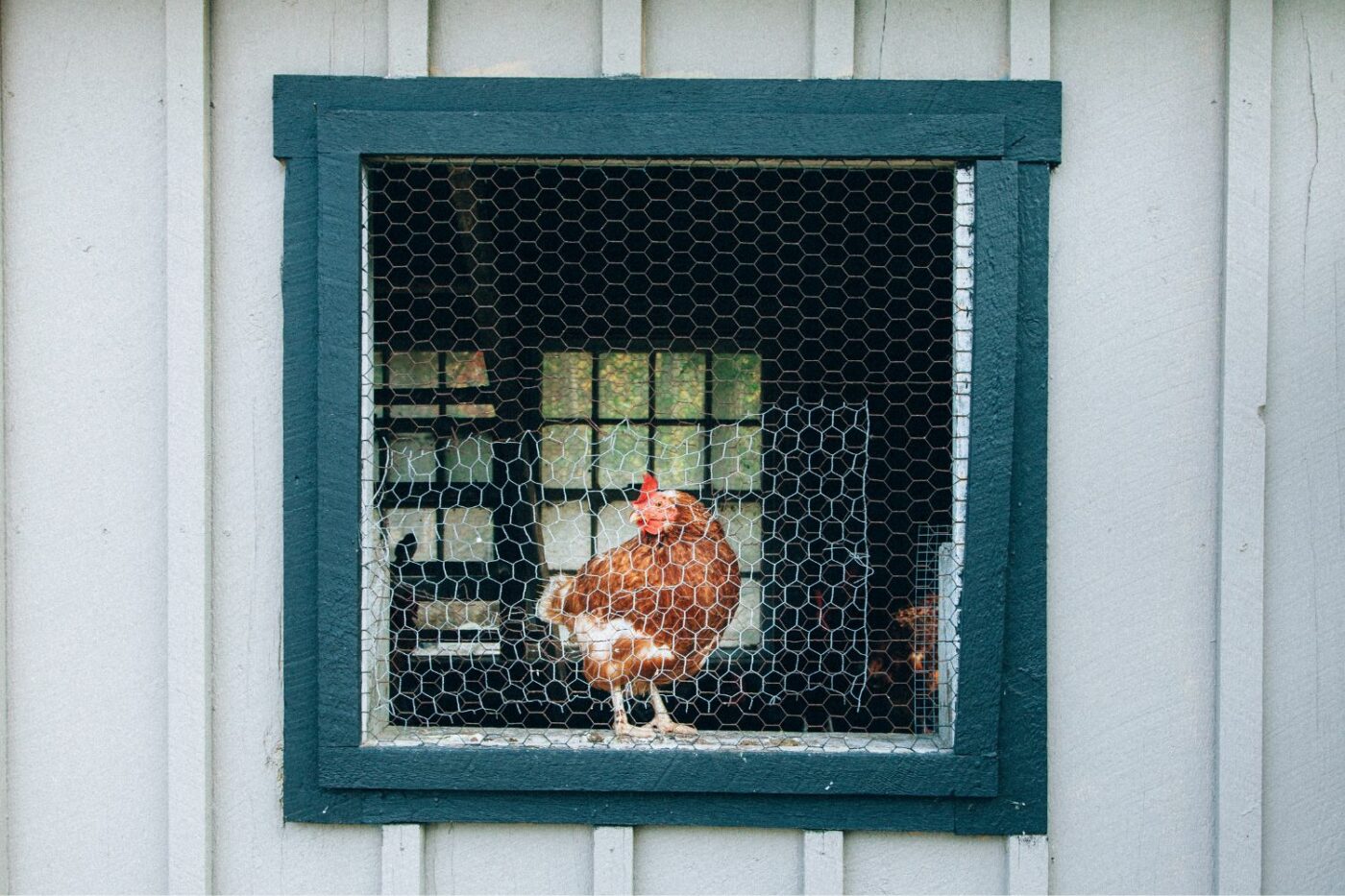
It is essential to remember that, while you should not have any considerable openings in the coop to allow cold air in, you should also avoid restricting airflow too much, as this can lead to severe problems such as ammonia accumulation. To prevent this, you need to make certain that you have an effective ventilation system installed.
To keep cold air from directly reaching your chickens, vents should be situated towards the ceiling of the coop. Maintaining a low humidity level and preventing mold growth in your chickens’ bedding can be accomplished by exhausting warm, moisture-laden air and replacing it with cooler, drier air.
Your mesh vent must have a hatch that you may open and close as needed in an ideal situation. The coop will be well-ventilated throughout the day, and it will be able to be correctly closed up in the evening when it gets cooler or during periods of highly severe rain.
How to Keep Chickens Warm in Winter: Use the Deep Litter Method
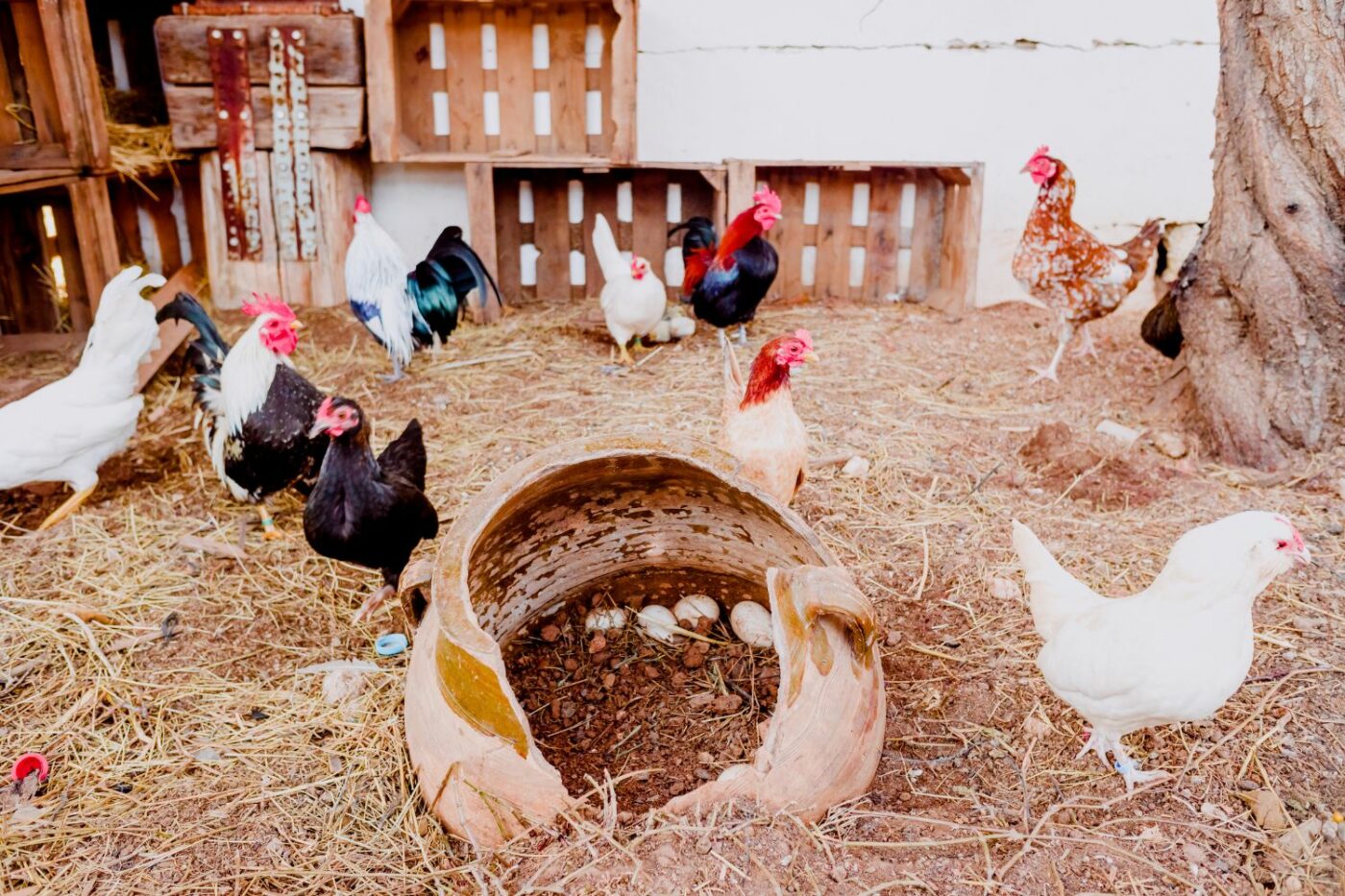
While the Deep Litter Method is not only a sustainable method of keeping the litter in your chicken coop under control, it can also be used to assist in insulating your flock during colder months. To begin, make a layer of pine shavings or other organic debris over the floor to create a layering effect. Instead of cleaning or replacing the waste, all you need to do is mix up your flock’s bedding with a light rake and let their natural movement take care of the rest.
If the litter is correctly prepared and periodically replenished with pine shavings, it will begin to develop a compost layer that will attract beneficial bacteria while simultaneously allowing them to consume the harmful bacteria found in the hens’ feces.
If you are wondering if you should try deep littering your chicken coop, check out this article for some more information and some benefits.
How to Keep Chickens Warm in Winter: Boost the Nutritional Value of the Feed
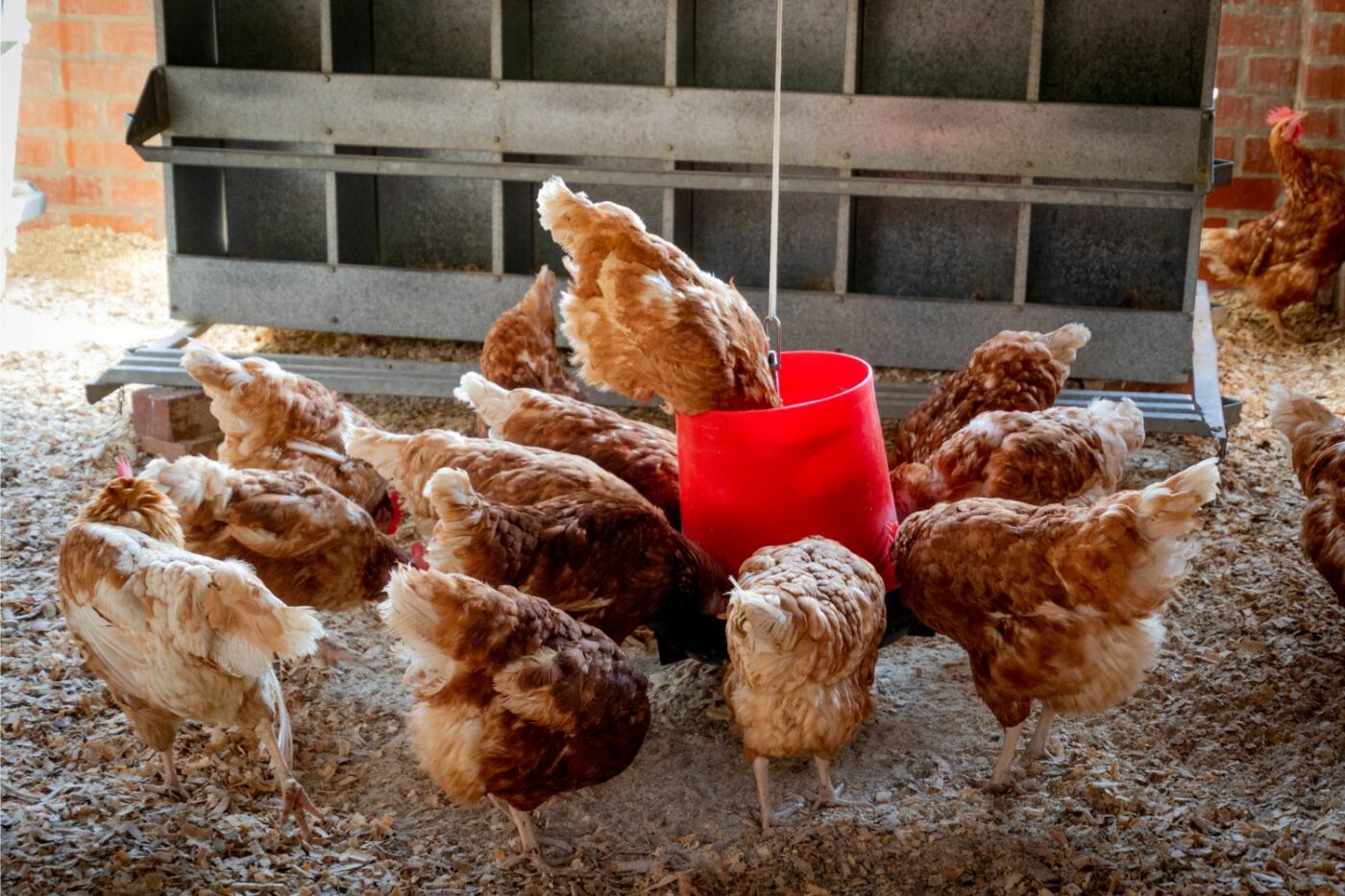
During the colder months of the year, chickens require a bit more nutrition. If you anticipate a particularly chilly cold snap, you might want to consider packing on some additional calories.
Either set up an automatic feeder so that your hens may help themselves to food throughout the day, or consider feeding them multiple times a day to enhance their body heat and prevent them from being cold.
You must provide more feed in the evening to aid digestion and maintain body temperature throughout the night. For this, cracked corn or scratch grain is ideal – but only feed these meals at night, as they are pretty high in energy.
It is possible to guarantee that your chickens receive all the nourishment they require from their diet during the day, with the corn or scratch serving as bonus treats after a long, chilly day.
A great dose of cracked corn before bed provides your hens with something to digest during the night, which keeps them warm during the winter. As it happens, it’s their favorite food, and they’ll be pleased once their stomachs are filled.
Some individuals even give their chickens oatmeal or warm mash at night, which they prepare themselves. If it appears that they are not eating as much as they should, this can be a great way to increase their appetites!
How to Keep Chickens Warm in Winter: Provide Additional Water
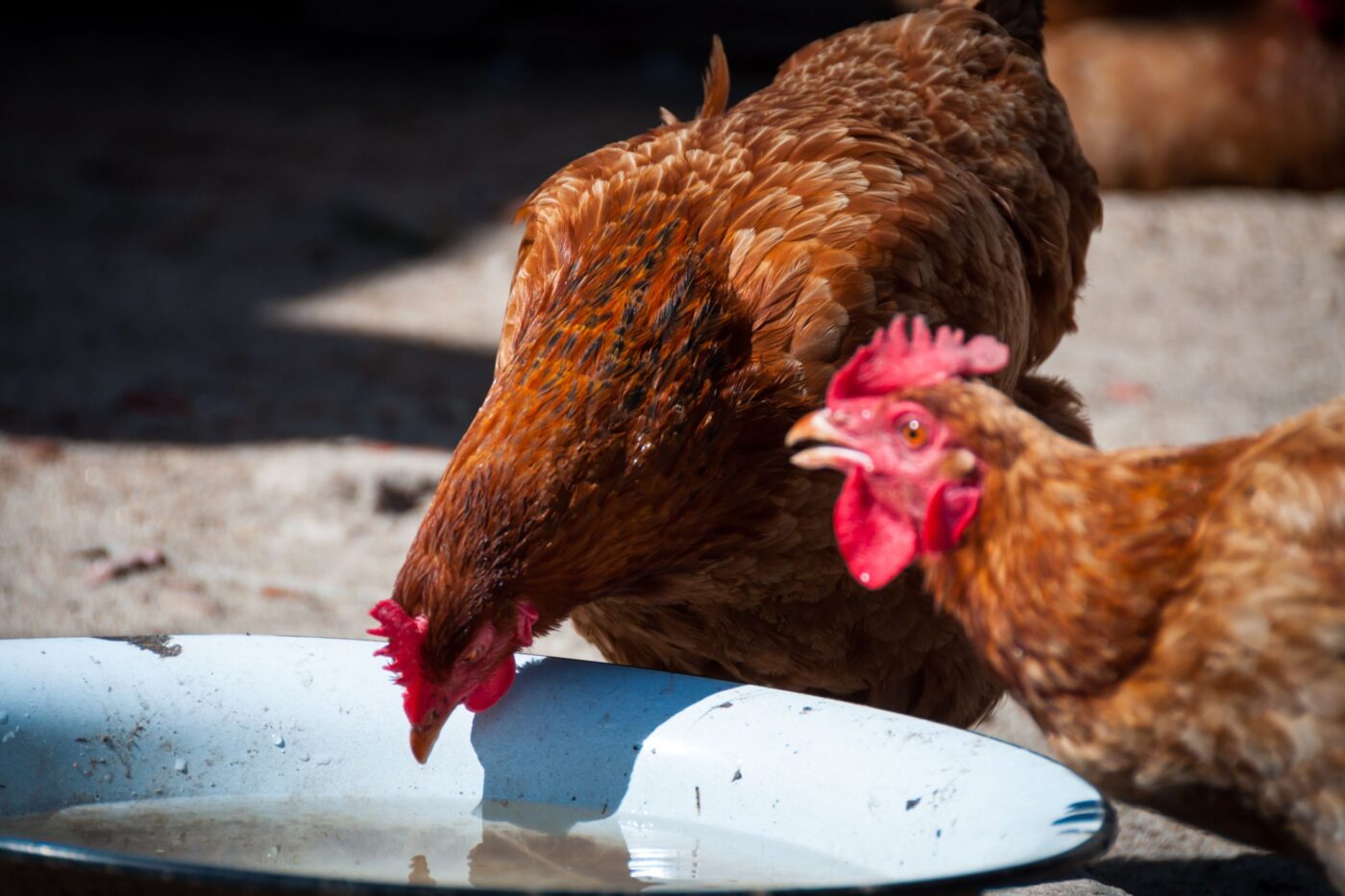
Chickens require appropriate feed and water throughout the winter months, just as they do throughout the year. If you don’t have a heated waterer, you should bring your chickens nice, warm water twice a day to drink.
Maintaining awareness that heated waterers are powered by electricity is essential; nevertheless, this does not imply that you must have electricity hooked into your chicken coop. To boost your coop’s electrical needs, you can always run a heavy-duty extension cord (one that is designed for outdoor use) out to the chicken coop.
How to Keep Chickens Warm in Winter: Insulate the Coop
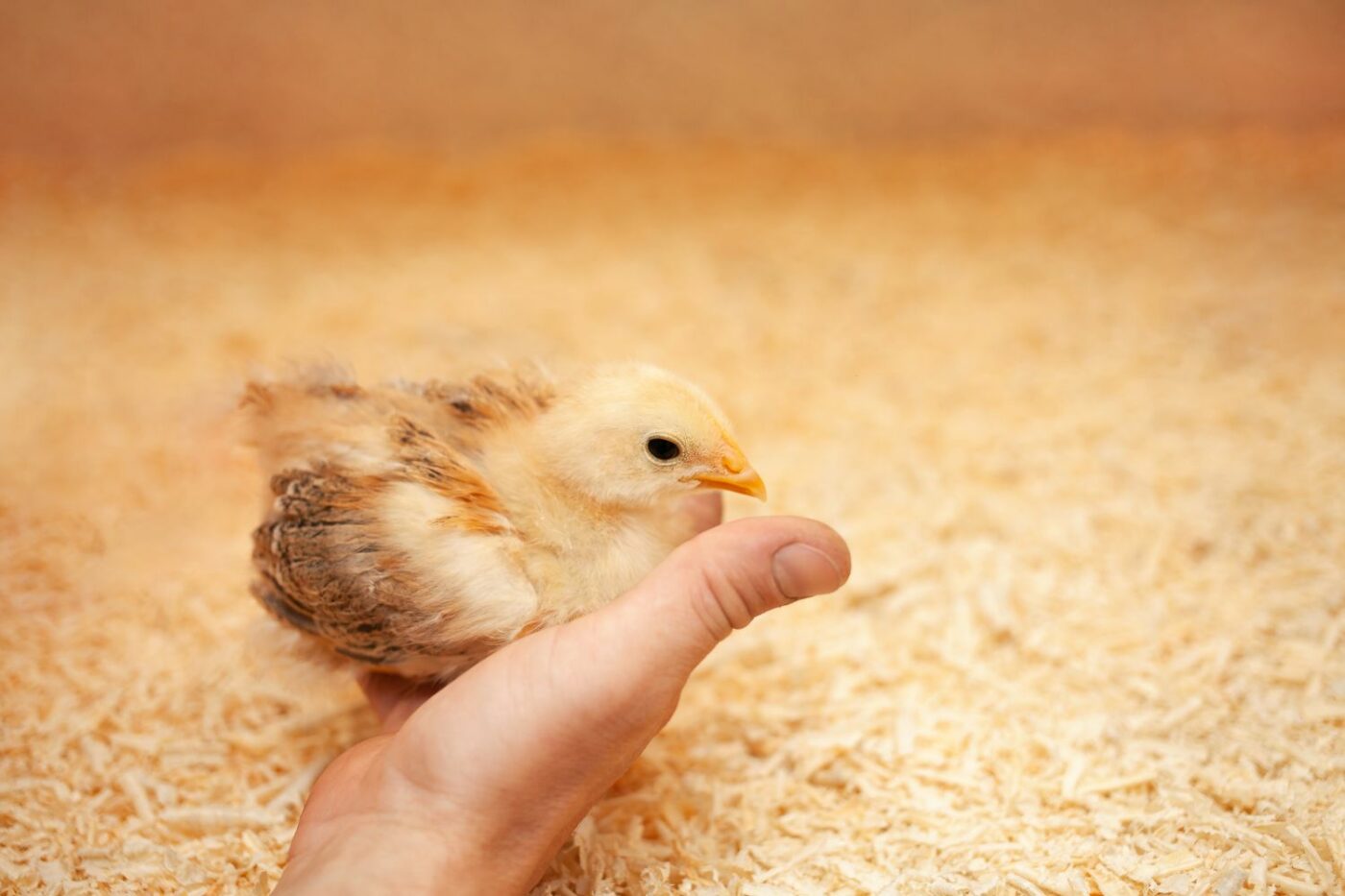
Always keep chickens warm to cope with a severely cold environment.
A well-insulated chicken coop is essential for keeping your chickens comfortable during the winter. Tarps and foam boards can be used to add a little more insulation to your coop. However, avoid boarding up the coop too tightly – air will help prevent frostbite from developing on the chickens’ combs and wattles, which requires moisture to occur.
It is best to place vents near the top of the coop, where cold air will not flow straight onto your hens and cause a draft to build up. Upper vents will permit warm, humid air to exit the coop, while cool, dry air will be drawn through the bottom vents. It will also help to keep the humidity down and keep mold from growing. With a mesh screen hatch, you’ll be in the best possible circumstances. When you use this hatch, you will be able to open and close the vent throughout the day and close it up when it gets cooler at night – or when it starts snowing.
How to Keep Young Chicks and Eggs Warm
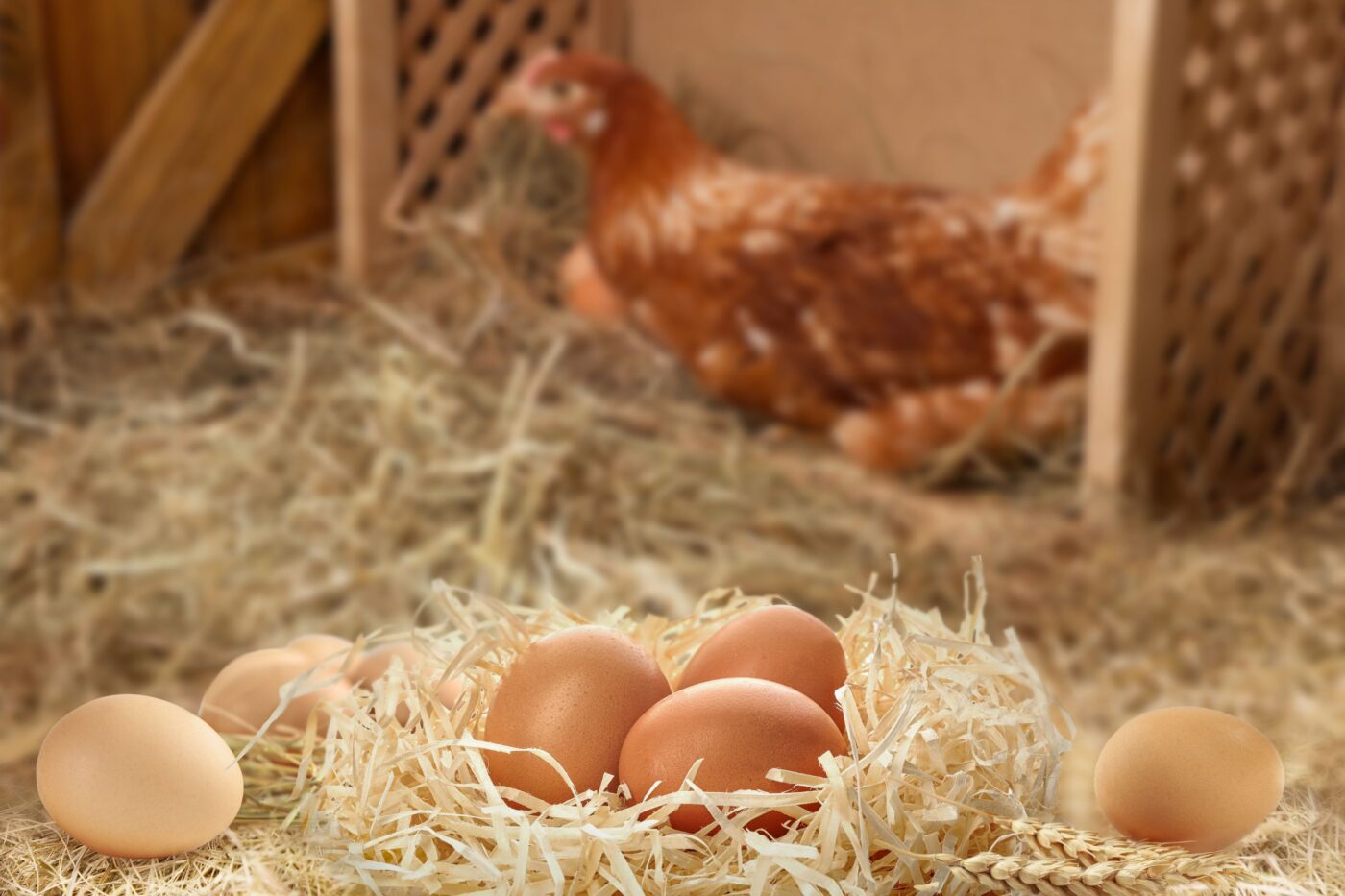
It is possible to keep eggs warm in the coop by filling the nest boxes with sufficient chicken bedding and hanging curtains over the openings. However, you may want to make sure that you are collecting eggs at least twice a day – the more, the better – so that you have a steady supply. As a result, they will be less likely to freeze, break, or split apart before you have a chance to consume them.
Also, provide warm bedding and a clean environment for your young chickens; if necessary, make a partition and separate the young chicks.
Get a Coop from the Hen House Collection
We know you value your chickens and their safety, so we designed a coop that has all you need to protect your chickens and have a happy flock. We offer a large variety of small chicken coops and large coops and chicken coop and run options and have custom options to keep your coop warm and toasty like the following.
- Insulated ceiling
- Electrical Package
- Heated Roosts
And lots of other features you can choose to make your coop just perfect for you and your hens.


